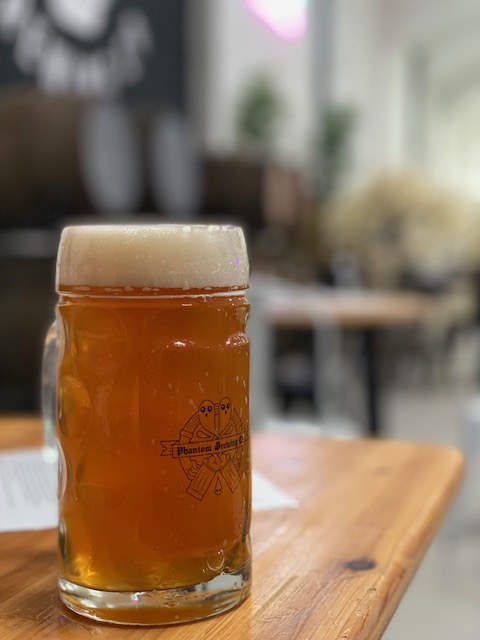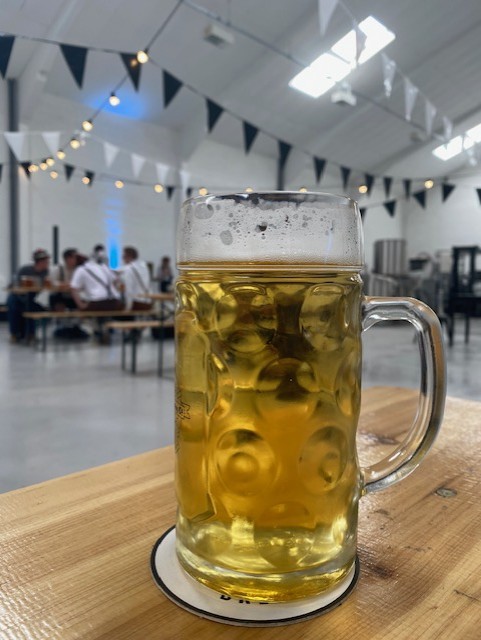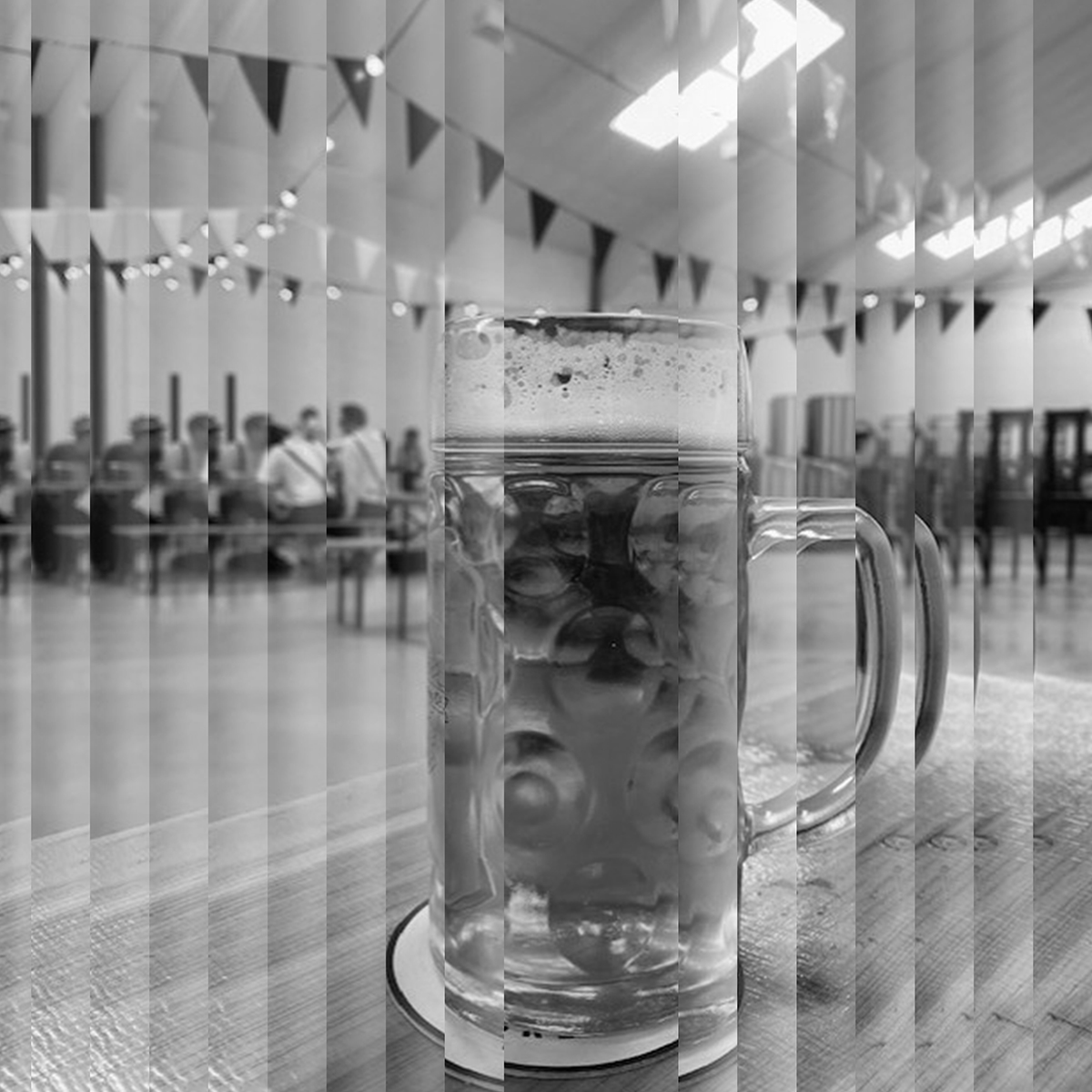Wiesnbier and Dirndl bows
Autumn has officially arrived, which means I’m getting my chunky knits out and beer drinking folk across the globe will most likely look forward to Oktoberfest!
Unfortunately, the Wiesn will remain closed this year for another year, due to the pandemic, but we can still enjoy the beers associated with the world’s largest folk festival. Rude not to, right?

Oktoberfest Bier or Wiesnbier is a bottom-fermented malty lager[1], which can only be legally brewed and supplied for the festival by 6 Munich breweries:
· Augustiner, established 1328 and the oldest brewery of the six
· Hacker-Pschorr, reunited in 1972
· Hofbräu, In München steht ein Hofbräuhaus: Eins, zwei, g’suffa[2]! Yup, that one!
· Löwenbräu, at every Oktoberfest in Munich since 1810
· Paulaner, the youngest brewery, established 1634 when the monks of the Paulaner Order served their first beer
· Spaten, the architects behind the first ever Munich Helles or Münchner Hell in 1894
Wiesnbier? Märzen? Festbier? Lager? Huh?
Think back, way, way back, when we didn’t have those nifty ways of cooling our beers during and after production. Back then, we brewed Märzen. We still brew it now, but I like the romantic notion associated with time passing, like a fuzzy filter over the memory of a summer’s day.
Traditionally brewed in March (März means March in German) and stored (or lagered) over the summer to mature, Märzen was the go-to beer style for the Oktoberfest until around 1990, when brewers switched to Festbier. Today, only Hacker-Pschorr are still brewing Märzen, whilst the others provide the drinker with Festbier.
The BJCP[3] defines Märzen[4] as
An elegant, malty German amber lager with a clean, rich, toasty and bready malt flavor, restrained bitterness, and a dry finish that encourages another drink. The overall malt impression is soft, elegant, and complex, with a rich aftertaste that is never cloying or heavy.
And Festbier[5] as
A smooth, clean, pale German lager with a moderately strong malty flavor and a light hop character. Deftly balances strength and drinkability, with a palate impression and finish that encourages drinking. Showcases elegant German malt flavors without becoming too heavy or filling.

Wiesnbier is actually just another name for beer drunk at the Oktoberfest.
The names Oktoberfest and Wiesn are interchangeable, so you might hear people talk about Festbier or Wiesnbier. But why?
Well, it all dates back to the 12th October 1810, when Crown Prince Ludwig and Princess Therese of Sachsen-Hildburghausen got married. Oh, and the fact that we are in Bavaria is also very important.
Anyway, everyone was celebrating and part of the celebrations were an organised horserace, which took place on meadow, which was named Theresienwiese in honour of the blushing bride.
Remember when I said the location was important? Well, Munich’s residents shortened the rather long name Theresienwiese over time and turned into d’Wiesn, which is Bavarian for die Wiese. Cute right?![6]
Oh, and did you know that the way you tie your apron bow on your Dirndl can communicate whether you’re looking for love or have already found it?

Yup, if you tie your bow on the right, you are in a relationship. Tie it on the left, you’re single. You’d typically tie your apron in the back if you are a waitress, child or widow if you see someone with the bow centre front, then they are telling you that their relationship status is clearly none of your business.
However, this is clearly not an invitation to pester any drinker – no means no, never mind the damn bow!
So, without further ado, go forth, enjoy responsibly and remember that it is the law to sing and drink after the band[7] plays Ein Prosit[8]
Oans, zwoa, drei, Gsuffa!
xx
[1] Yes, I know “malty” is not a great descriptor, slap on the wrist accepted.
[2] Guess you would have had to be there! Try YouTube or Google
[3] Why the American Beer Judge Style Guidelines you ask? Because they sum the styles up 🙂
I leave it to your good selves to decide if you want to follow them
[4] & [5] https://dev.bjcp.org/style/2015/beer/?pg=2
[6] Would the Oktoberfest be held where I was born, we would refer to it as uff die Wies (on the meadow), so location matters.
[7] Yup, the Oom-pah band or Blasmusik
[8] Ein Prosit, ein Prosit
Der Gemütlichkeit
Ein Prosit, ein Prosit
Der Gemütlichkeit

Leave a Reply